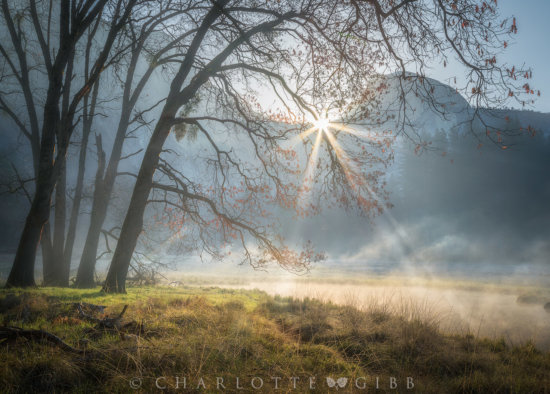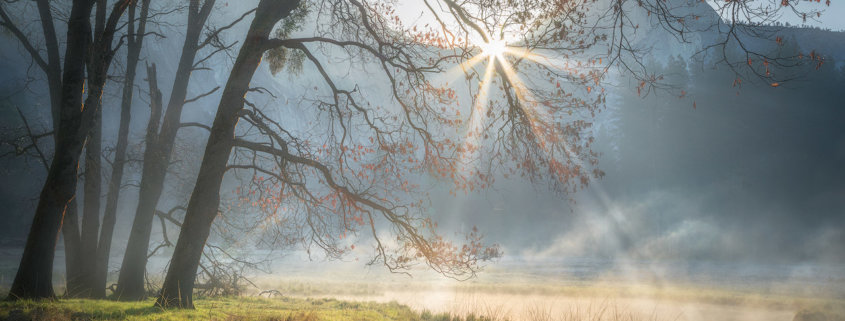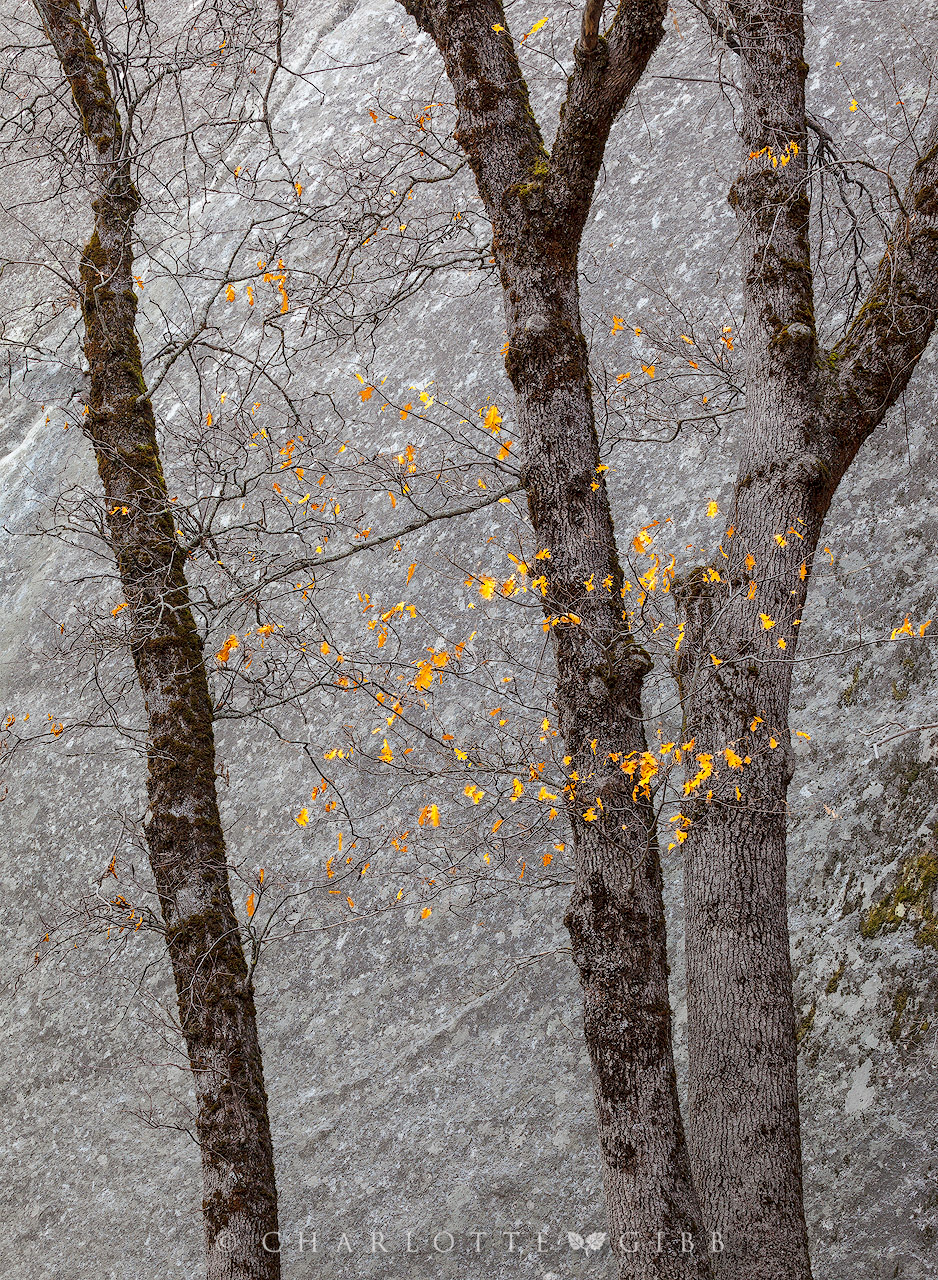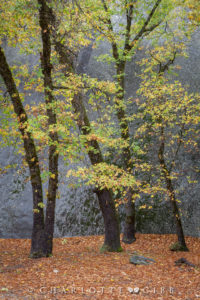Why I return to the same Location to Capture Landscape Photos
I was asked by a friend recently, “Why do you keep going back to photograph Yosemite? You must have photographed everything there!” Good question! I often talk about the importance of returning to familiar landscape locations again and again to make landscape photos. It’s not that I don’t enjoy new scenery and discovering new places — I do, and bring my camera along enthusiastically when I have those opportunities. But, to be a better photographer, it’s important to grow beyond the adrenaline-fueled rush that accompanies the experience of photographing new locations. Rather, I advise taking a deeper dive into a single subject. Here are just a few reasons why you should consider picking one area to photograph over and over again.
Putting in the Time
Even seasoned photographers practice their craft regularly. Having a familiar location to which you return frequently provides a level of comfort to take your time, make mistakes, and correct errors as you try out new techniques and composition. When you are comfortable and slowing down, your mind will be freer to think more creatively and see things you may have missed before. Your photographs of these now familiar locations will improve with practice and time.
Owning the Light in every Season
It takes time to understand and decide how to express an idea photographically about a specific landscape. Don’t rush it. In fact, you don’t even have to bring your camera for the first few times. Just arrive with an open, creative mind and observe the light and the little changes in nature. Sometimes, I take a few test shots using only my mobile phone’s camera for reference later. Scouting pays off in the long run, because the information you gather about light, seasons, and special conditions prepare you for when the conditions are just right.

“Ahwahnee Meadow Cottonwoods”, Jan. 20, 2018. In the winter months, the white trunks of these Cottonwoods gleam, and they especially stand out in the late afternoon when the background pines are in shadow. However, even with the pines in shadow, the cliff behind them still stood in direct light. Clouds provided exactly what was needed; shade in the background, but not in the foreground. And so, after years of observing and photographing these trees, nature provided just the right lighting condition I had envisioned. And I was ready. Sony a7R II, Canon 70-200 f/2.8 L lens, ISO 100, 105mm, f/16, 1/6 sec.
Getting the Skills along with the Equipment
As you grow as a photographer and improve your skills, what’s in your camera bag probably also improves. Returning to re-photograph a place with improved skills and gear can be quite fun and invigorating. When I first started photographing Yosemite in earnest, I owned a Canon 20D. I didn’t own a tripod. My photos were, well, uninspiring to say the least. A friend loaned me his very nice professional quality lens and his tripod one weekend, and my photographs instantly improved.
Stepping Outside of the Postcard
When you initially begin to photographically explore a location, you will very likely first make compositions of all the obvious icons and views. After you’ve gotten that out of your system, your curious mind will take over, and you will begin to seek out other subjects on which to direct your camera. You will begin to experiment with new techniques. You will find creative ways to photograph the same subjects differently. You will begin to notice how the light changes during certain times of the year, and how nature responds to these new conditions. With every return visit, you will gain a deeper understanding and appreciation for the place, leading to more interesting and meaningful photographs.

“Half Dome Morning Light”, April 20, 2018. My recent stay in Yosemite had little going on in terms of dramatic conditions. It was too early for Dogwood blossoms, too late for the flooded meadows, and the last snowstorm blew through the day before I arrived. The week was marked by one cloudy day followed by nothing but clear, blue skies. However, the waterfalls were gushing, the creeks and rivers were flowing vigorously, and some early morning mist clung to the meadows briefly on a couple of the mornings. Sony a7RII with Canon 24-105 f/4 L lens, ISO 100, 40mm, f/18 1/30 sec.
Building a Cohesive Body of Work
After you’ve photographed a place for a while, a story begins to emerge. The story is your own, and reveals you as an artist and how you’ve grown over time, just as your subject has changed over time. Your work will get better because it must. It will become intolerable to photograph the same subject just as you had the last time you were there, so you will change tactics and push yourself to do something new. Those small differences between sessions with your muse will amount to a story that is worth telling. And, in the telling, a cohesive body of images that you have created over time will tell a bigger story.

“Oak Leaves in Morning Light”. After making a composition of the wide, iconic view, I zeroed in on this nice little composition. Sony a7RII with Canon 24-105 f/4 L lens, ISO 100, 105mm, f/18 1/50 sec.
Becoming a Mentor of all you Survey
After you’ve thoroughly explored an area, you will one day realize that somewhere along the way, you’ve gained some expertise about the place you’ve been photographing. There is much that can be done with that knowledge, from conservation to education, or just sharing information with friends.
All of this will anchor your own unique expression. It takes a while to really learn how a place speaks to you artistically. Sure, you can rely on the research of others to get the same composition with the same seasonal lighting effect just to replicate someone else’s photograph. That approach is certainly valid when you are first learning your craft. Imitation is an important learning tool in the beginning. But, in the long run, what fun is that? Isn’t it more gratifying to do your own research and achieve the thrill of discovery on your own? To experience the joy of creating an original from the vast possibilities of the sublime? For me, that is what Landscape Photography is all about.






